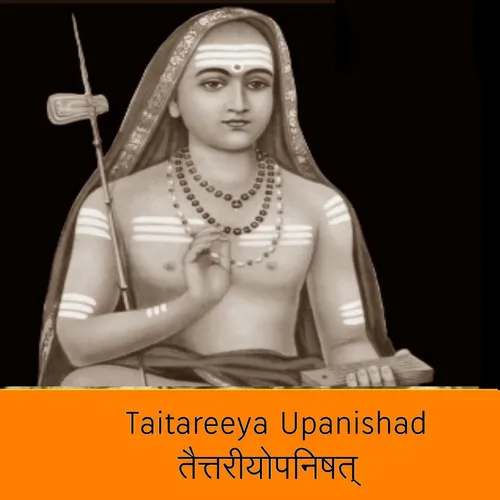
Taittareeya Upanishad
The Taittiriya Upanishad, part of the Yajur Veda, primarily focuses on the concept of Brahman as the ultimate reality, describing it as "Truth, Knowledge, and Infinite Bliss," and explaining that everything in the universe, including the individual self, is a manifestation of this Brahman; it notably introduces the "five sheaths" theory, detailing different layers of human consciousness, from the physical body to the pure Self, and emphasizes the importance of seeking liberation through understanding and realizing this underlying unity through practices like meditation and self-inquiry.
Divided into three sections: Siksha Valli (focuses on phonetics and pronunciation), Brahmananda Valli (discusses the nature of Brahman), and Bhrigu Valli (narrates the story of Bhrigu, who attains realization of Brahman through penance)
The core message is that the true self is Brahman, which is beyond the limitations of the physical world and can be accessed through spiritual practice and self-knowledge
- Update frequency
- every 3 days
- Average duration
- 92 minutes
- Episodes
- 52
- Years Active
- 2024 - 2025
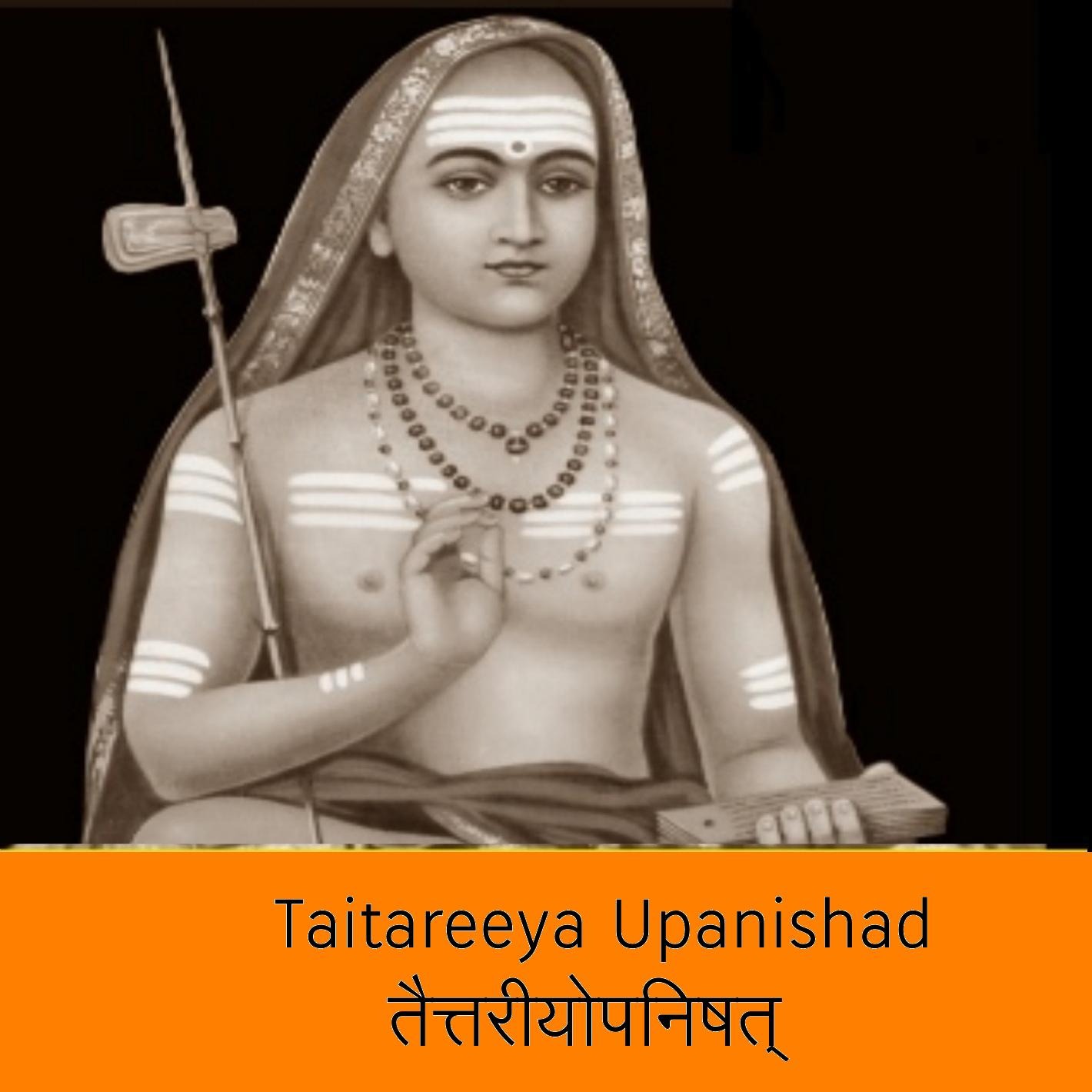
Taittareeya Upanishad 52
Final episode to discuss on doubts and clarification on the mantras of Taittareeya Upanishad etc
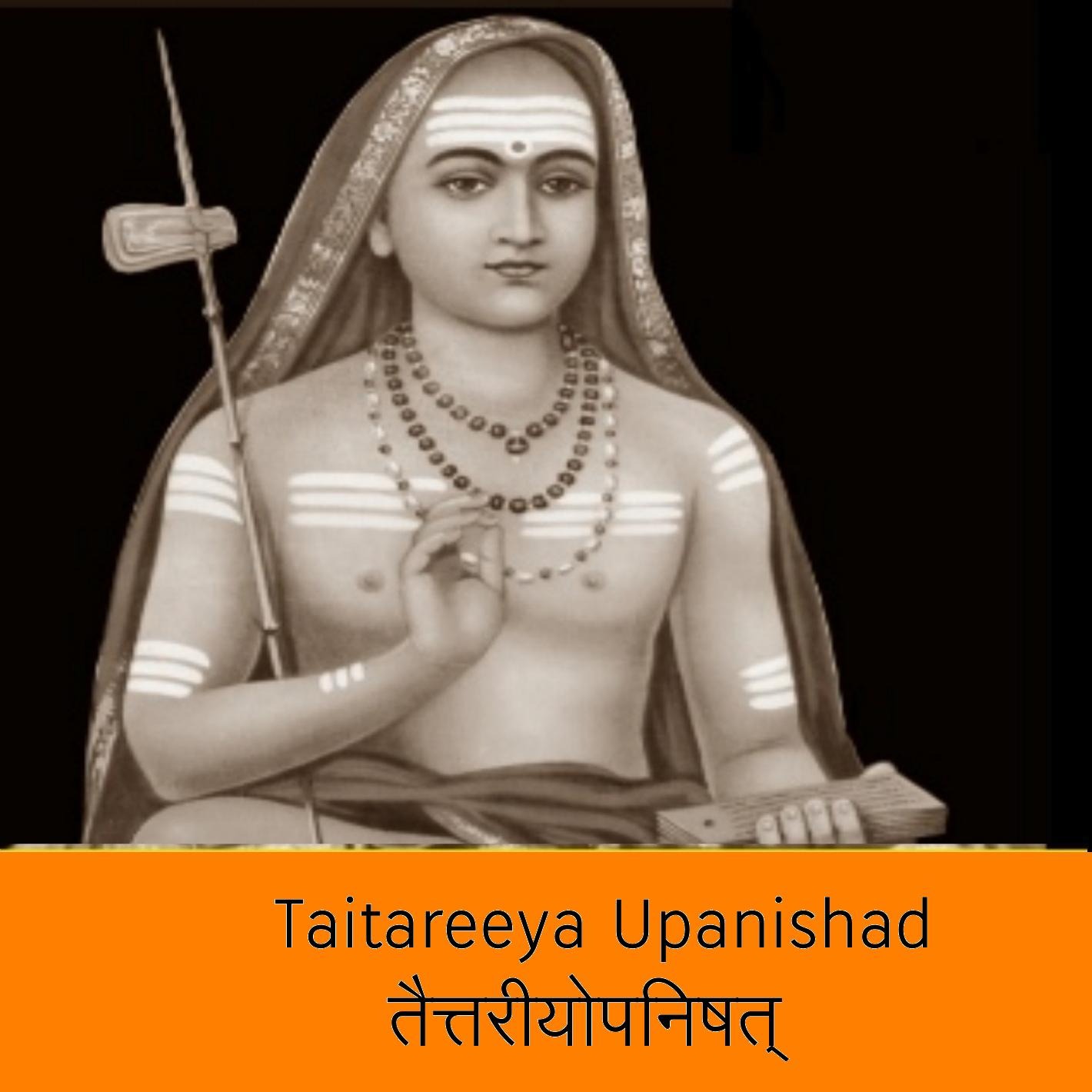
Taittareeya Upanishad 51
Concluding Session of Taittareeya Upanishad. Completed the third chapter remaining mantras and ended up with chanting.
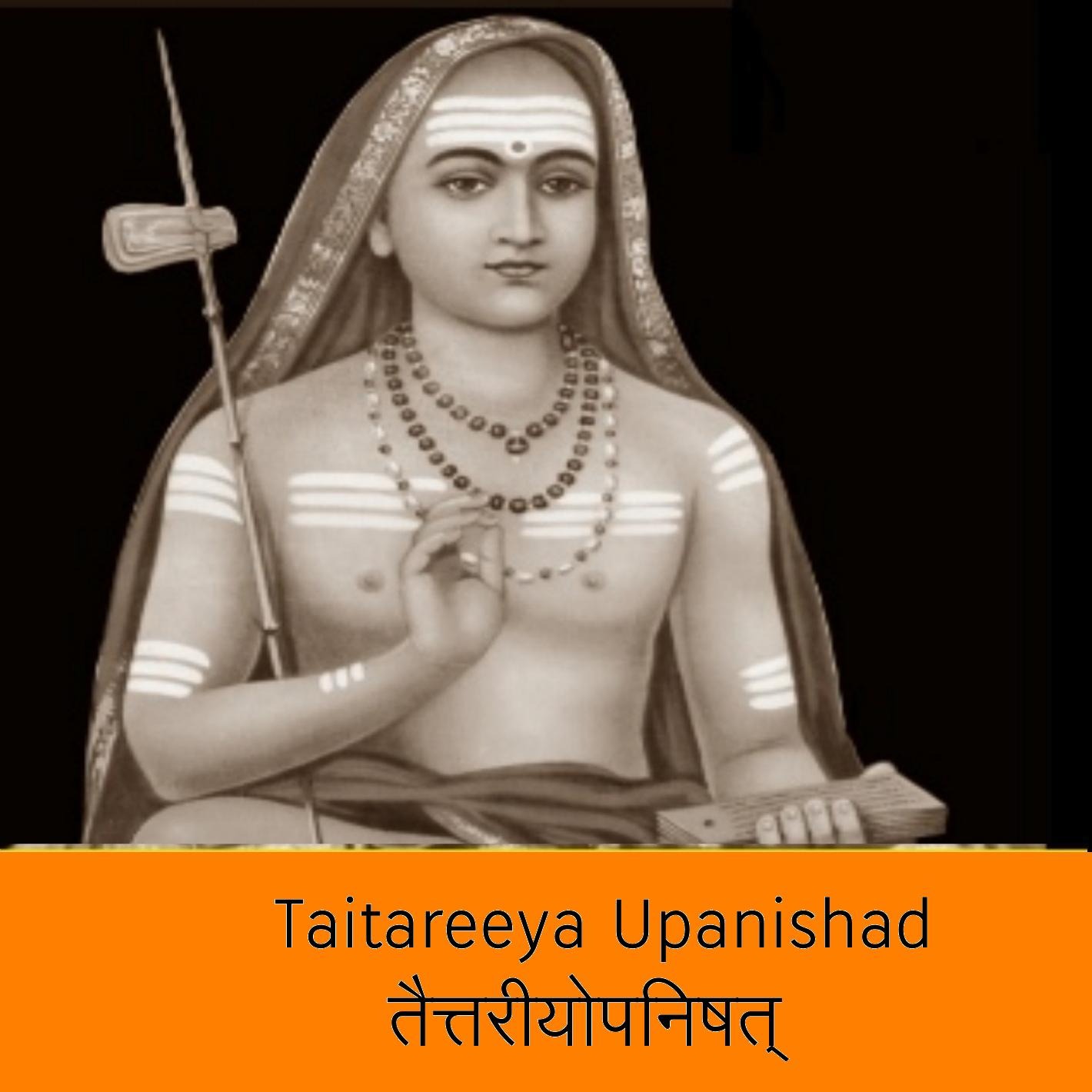
Taittareeya Upanishad 50
The Method of contemplation on the five aspects of experiences to arrive at the Self-realization is explained in this episode
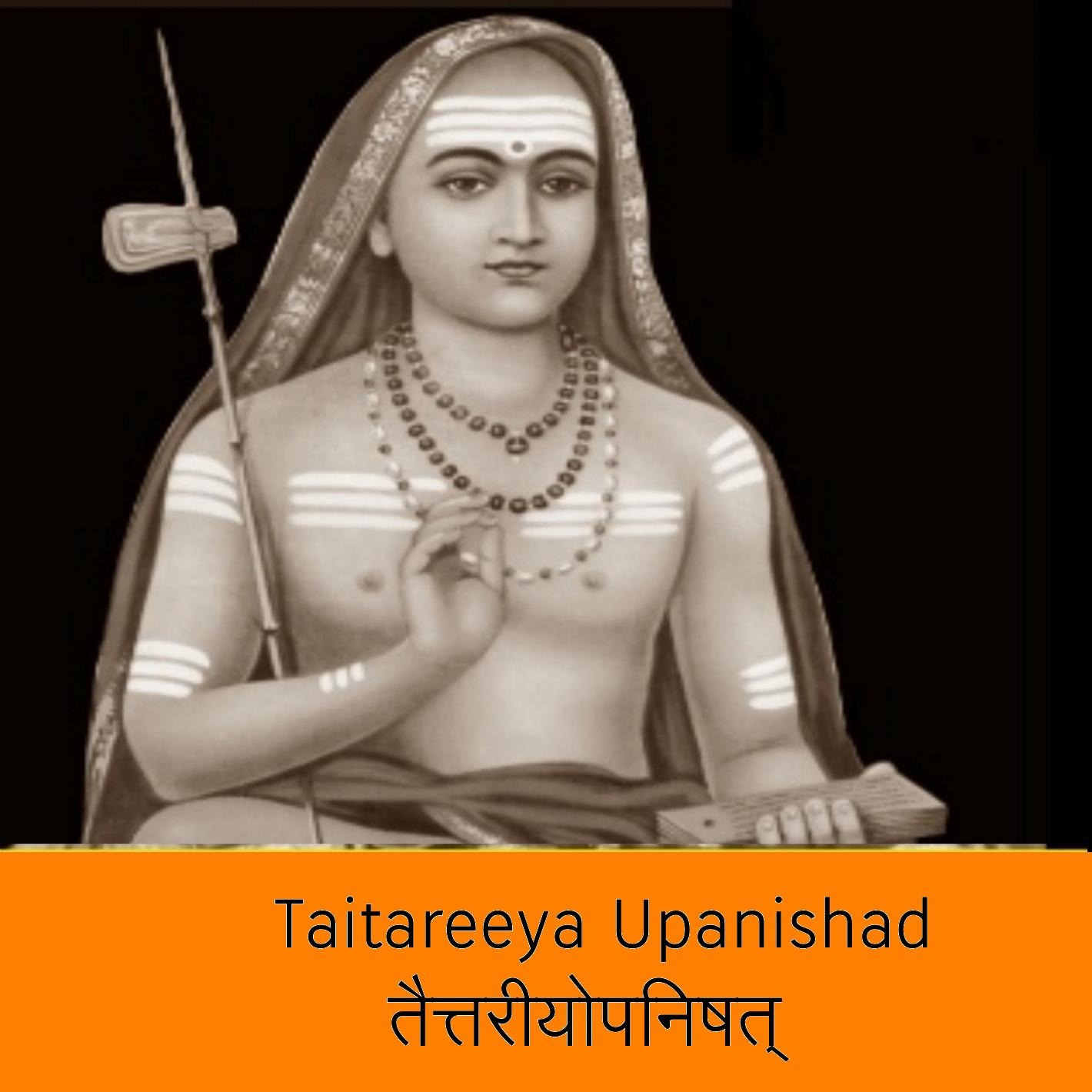
Taittareeya Upanishad 49
Commenced the Third Chapter Briguvalli. The chapter beings with the indicative definition on Brahman.
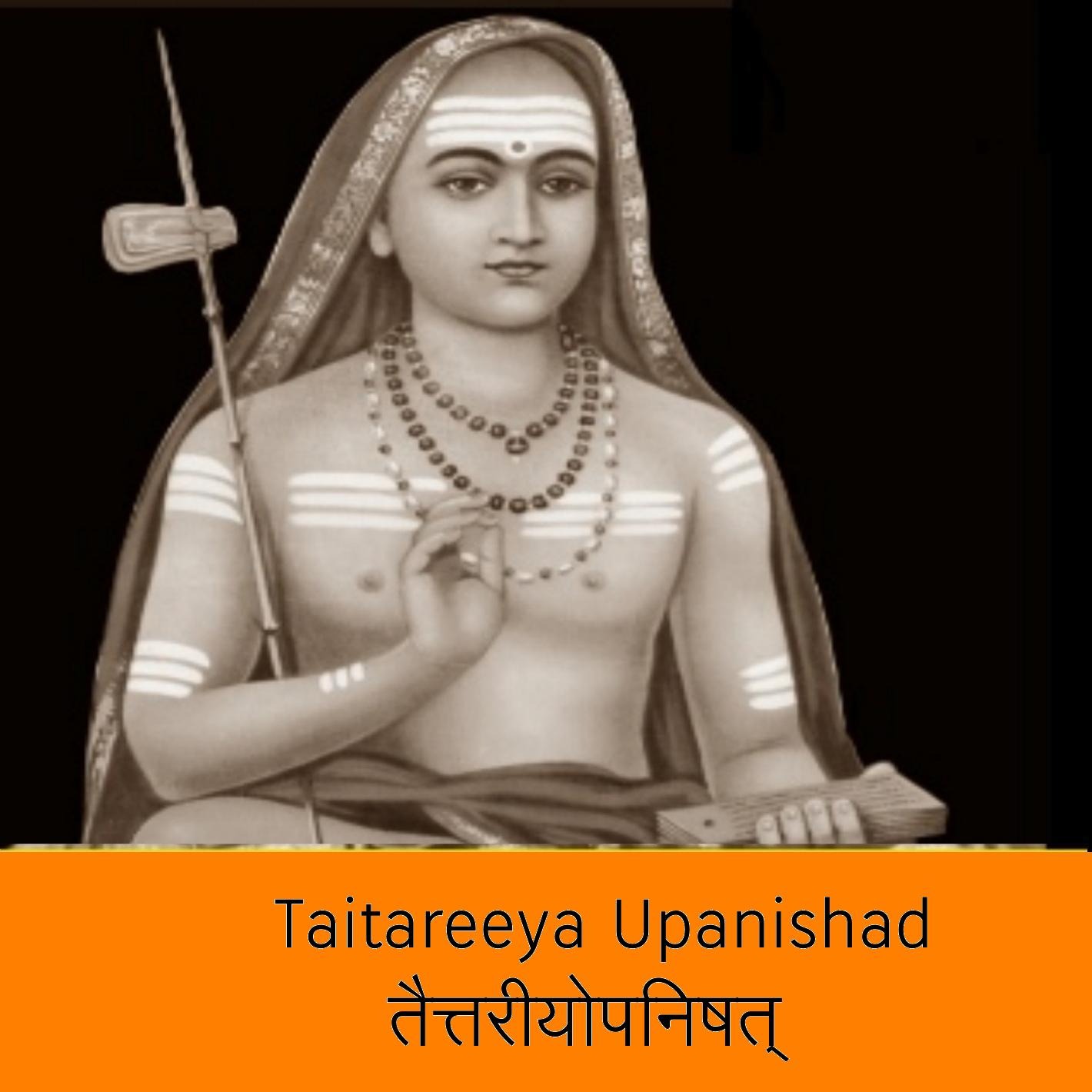
Taittareeya Upanishad 48
Concluding the second chapter and how fear being used as a symbol of all experiences in duality.

Taittareeya Upanishad 47
Continuation of the previous class with special emphasis on the aspects of words and mind and how the realization is explained by Adi Sanakara in his commentary.
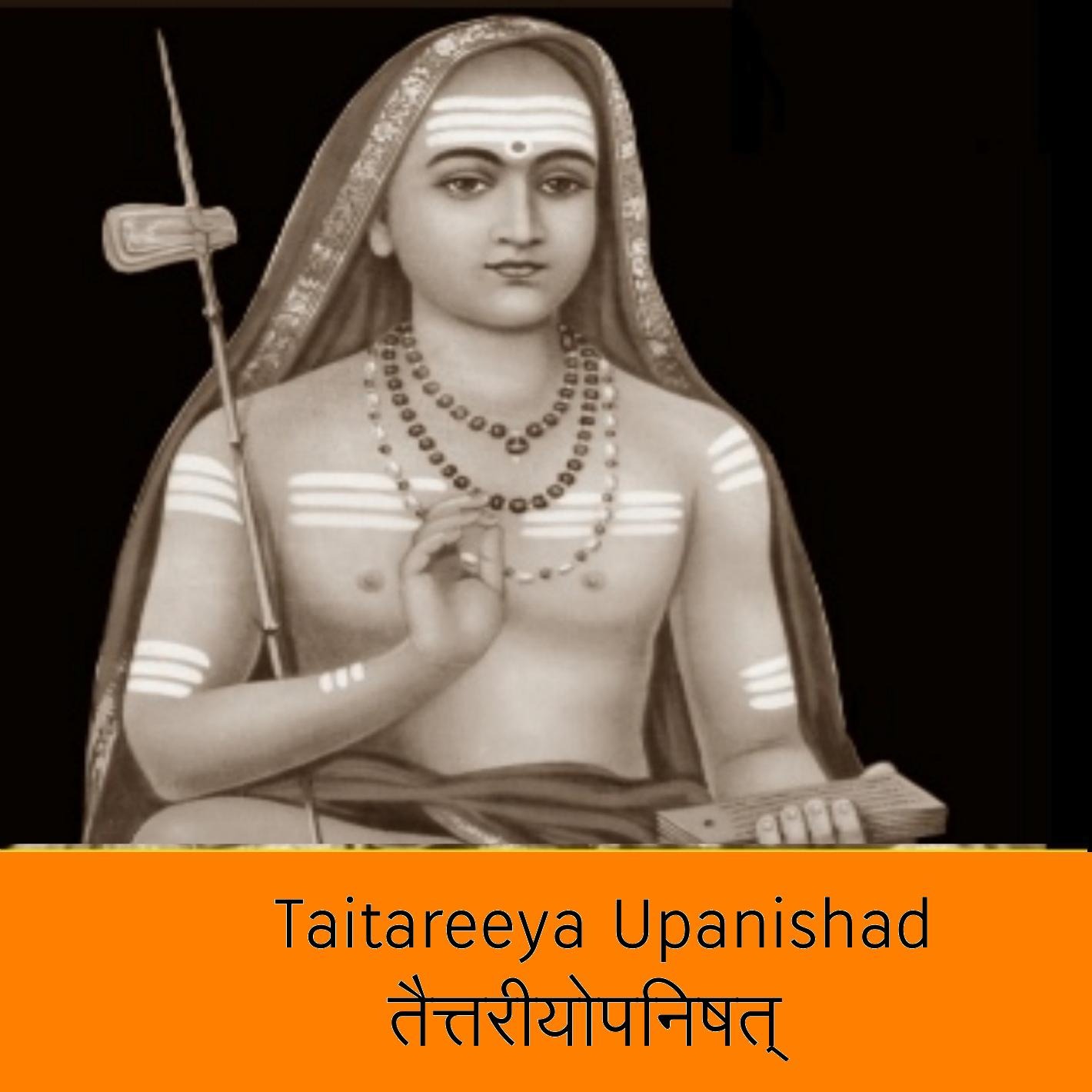
Taittareeya Upanishad 46
Discussion on the ninth Anuvak begins in this episode. The famous mantra "Yato vAcho nivartanthe aprApya manasA sahaH" meaning from where/what the words returns along with the mind failing to apprehe…

Taittareeya Upanishad 45
Concluding the Eighth Anuvaka by explaining the term "upsamkaamati" as knowledge as explained by Sri Sakaracharya in his commentary.
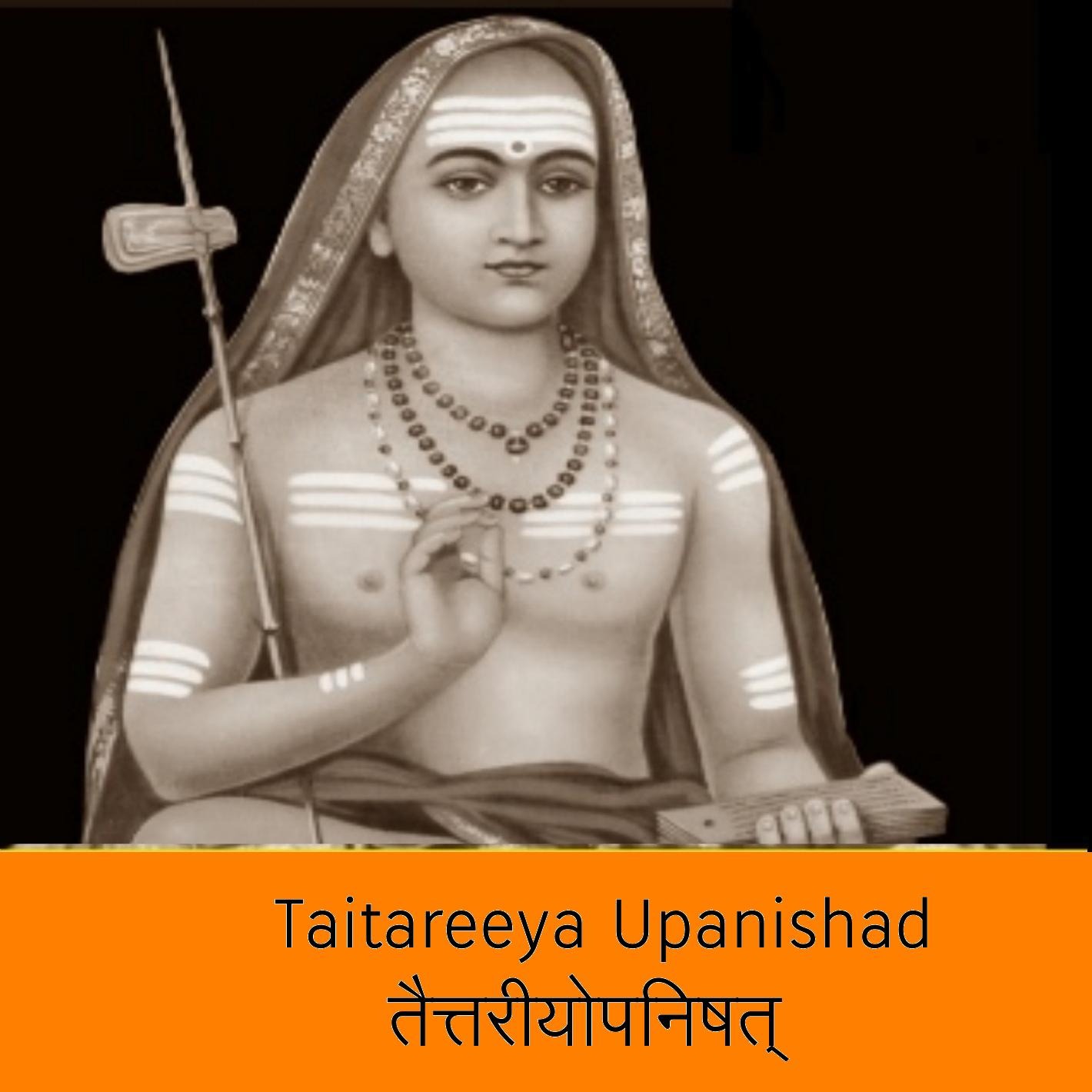
Taittareeya Upanishad 44
Continuation of the discussion of the earlier topic is being pursued in this episode for clarity and conclusion of the difference between a Janani and Ajnani.
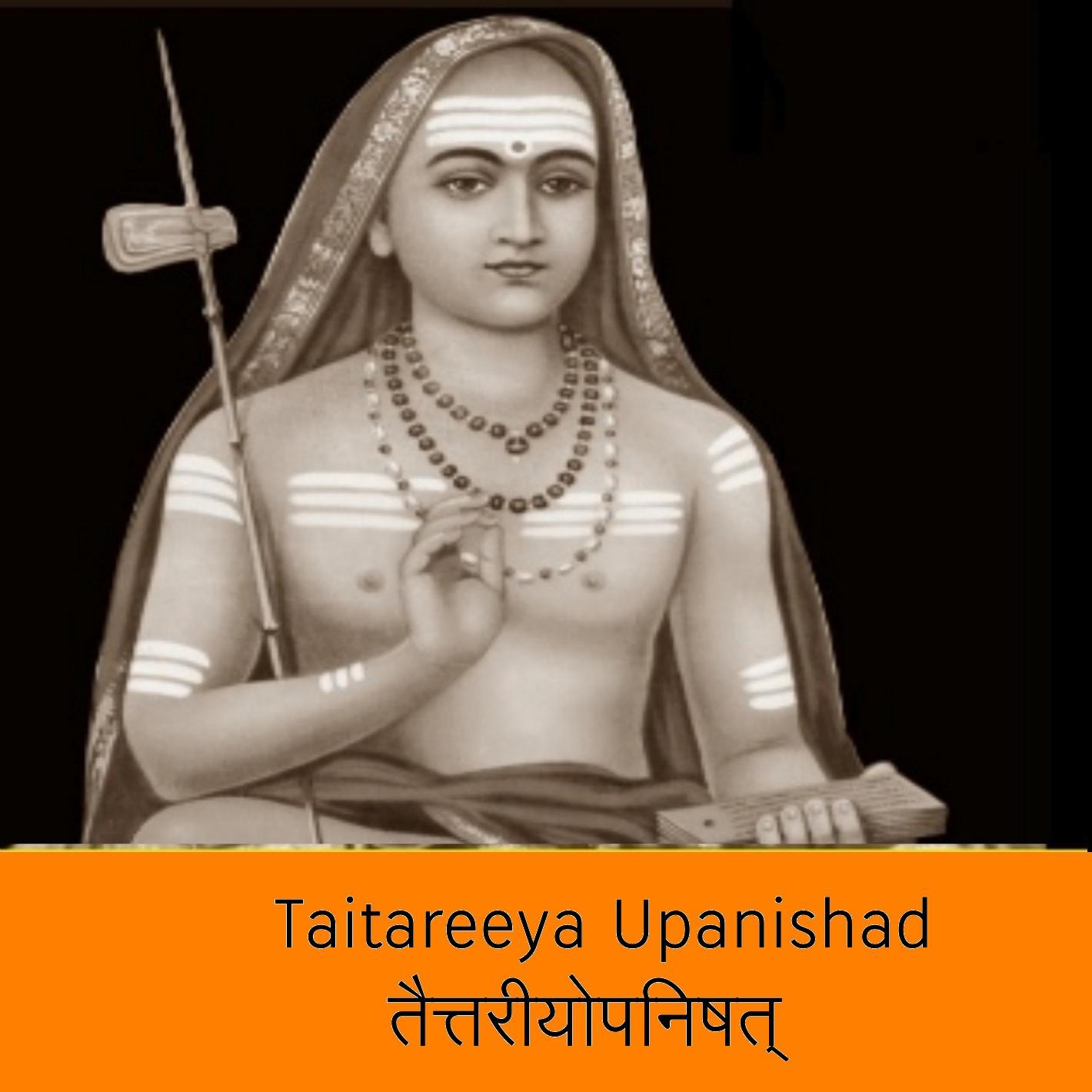
Taittareeya Upanishad 43
To understand the terms Avidhyakalpitam and Swabhavikam it is mandatory to know the import of Vidhya and Avidhya, This episode starts the real meaning of Vidhya and Avidhya.
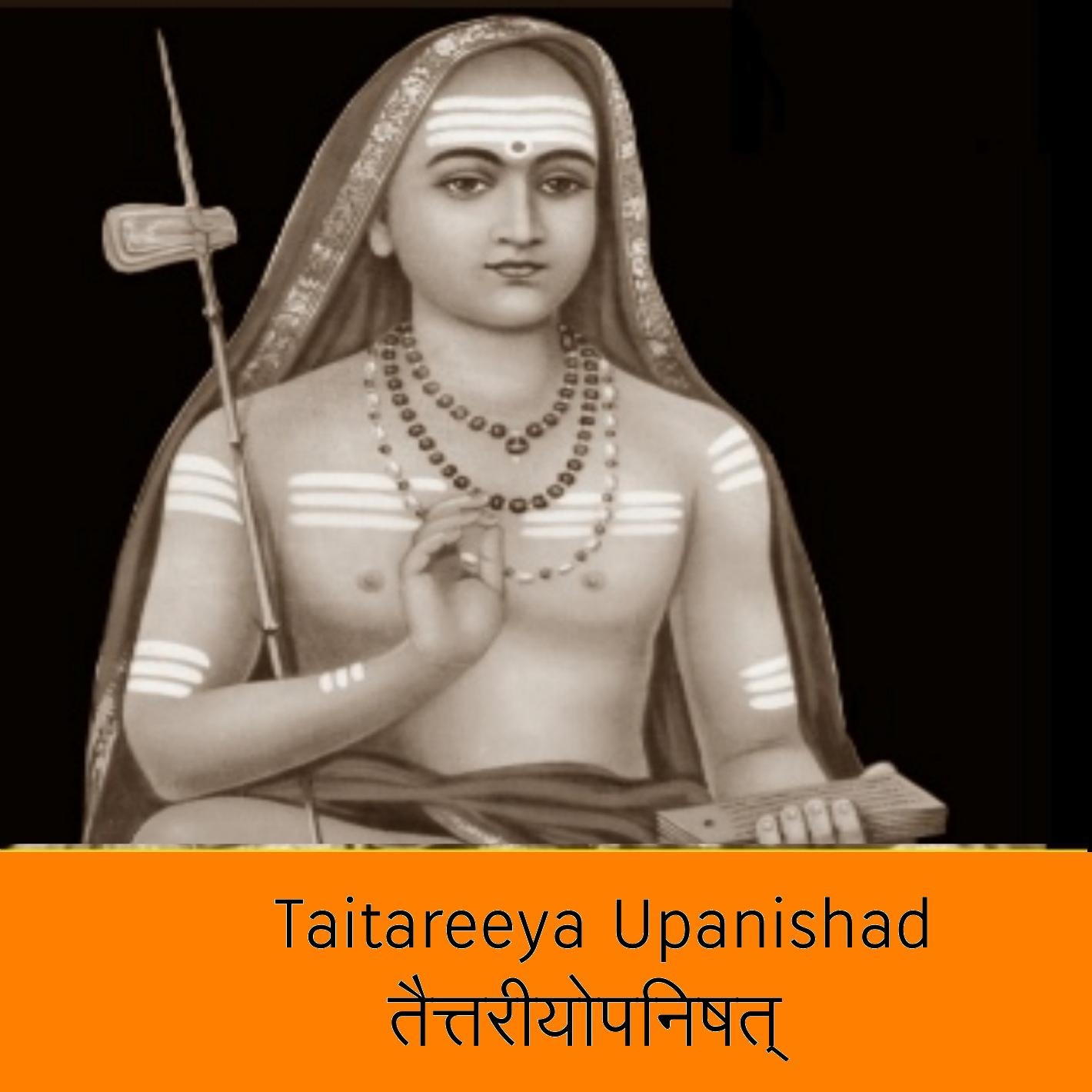
Taittareeya Upanishad 42
Continuing the same from the previous class the discussion is concluded in this episode.

Taittareeya Upanishad 41
Continuing the discussion on the term Swabhavikatvaat in relation with our experience of deep sleep and the presence of the same in other two states namely waking and dream, the commentary delves dee…
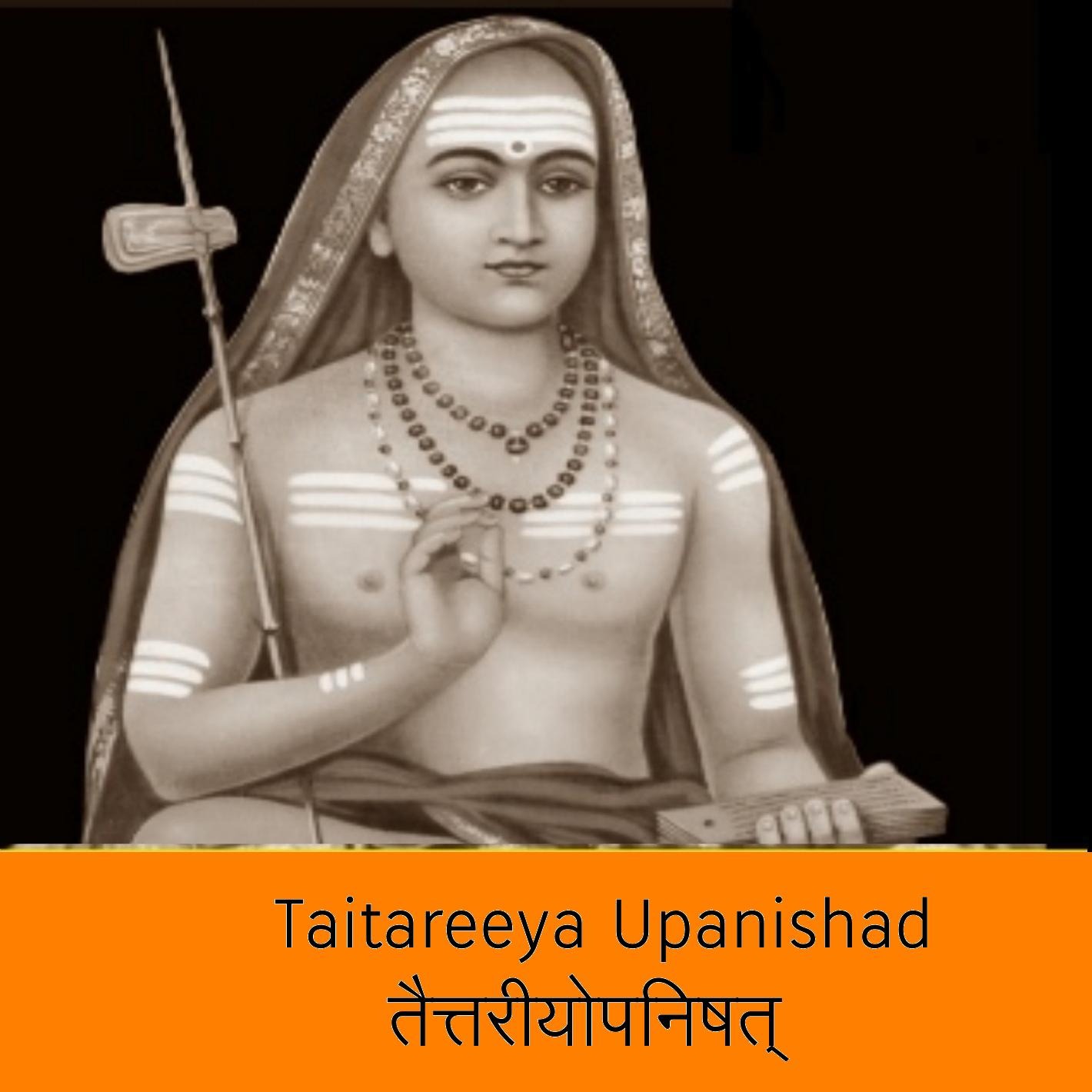
Taittareeya Upanishad 40
Continuing the discussion from the last class, the discussion now goes on to discuss on the three states of Waking Dream and Deep Sleep and how the Non-apprehension in the state of Deep sleep is the …
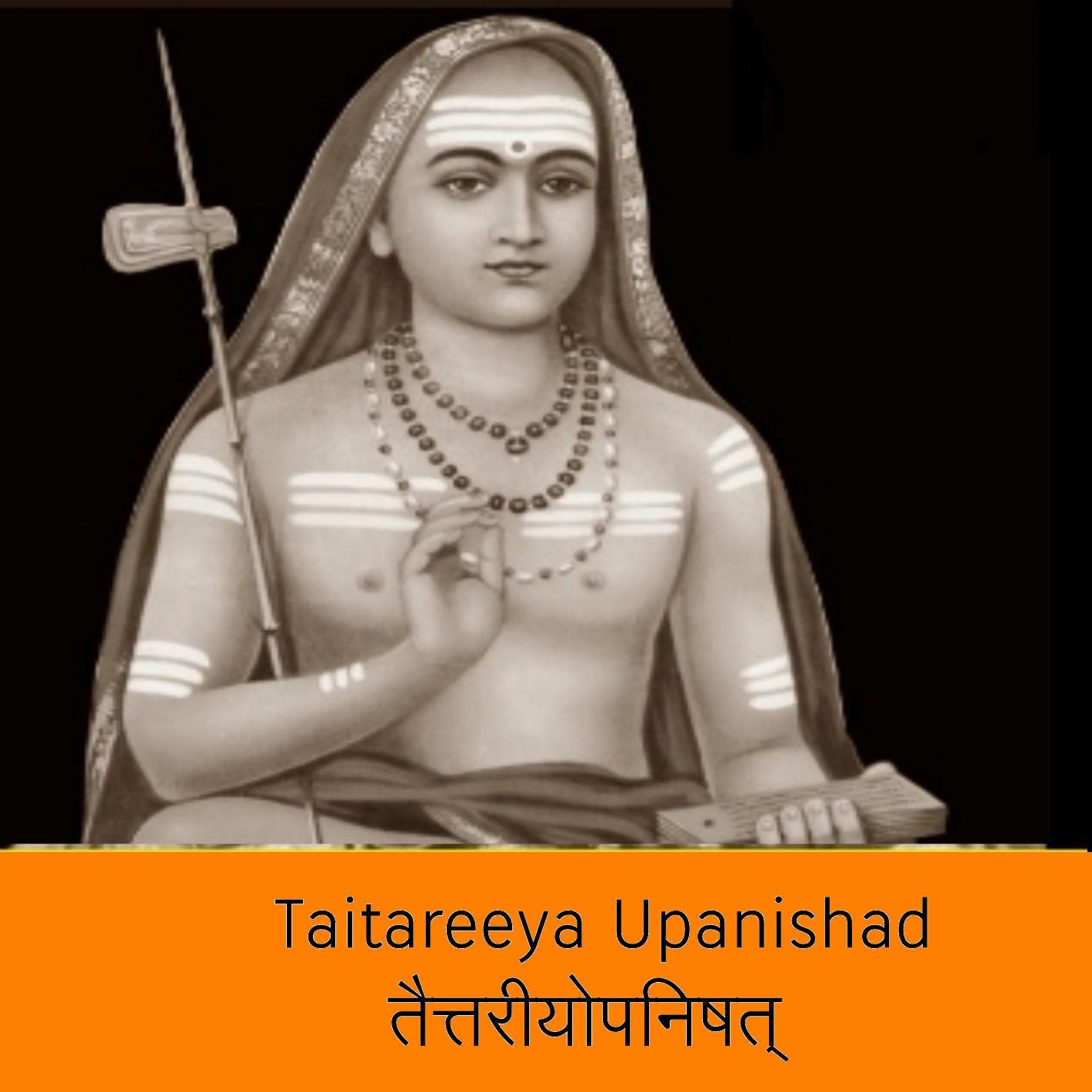
Taittareeya Upanishad 39
The Discussion between the master and opponent on the question how did the master arrive at the indented meaning of the scripture as Advaita and not as a prescription supporting the Vedic ritual aspe…

Taittareeya Upanishad 38
The discussion between the opponent and Sidhanti on the term samkrAmati meaning pervade or engulf in this section is being analysed in detail as to are there two separate Jiva and Brahman in order to…

Taittareeya Upanishad 37
Continuing the Eight Anuvak the discussion is about the same Brahman is that which is in the Individual or may it be the Sun. How ever insignificant or significant be the creation all are pervaded wi…
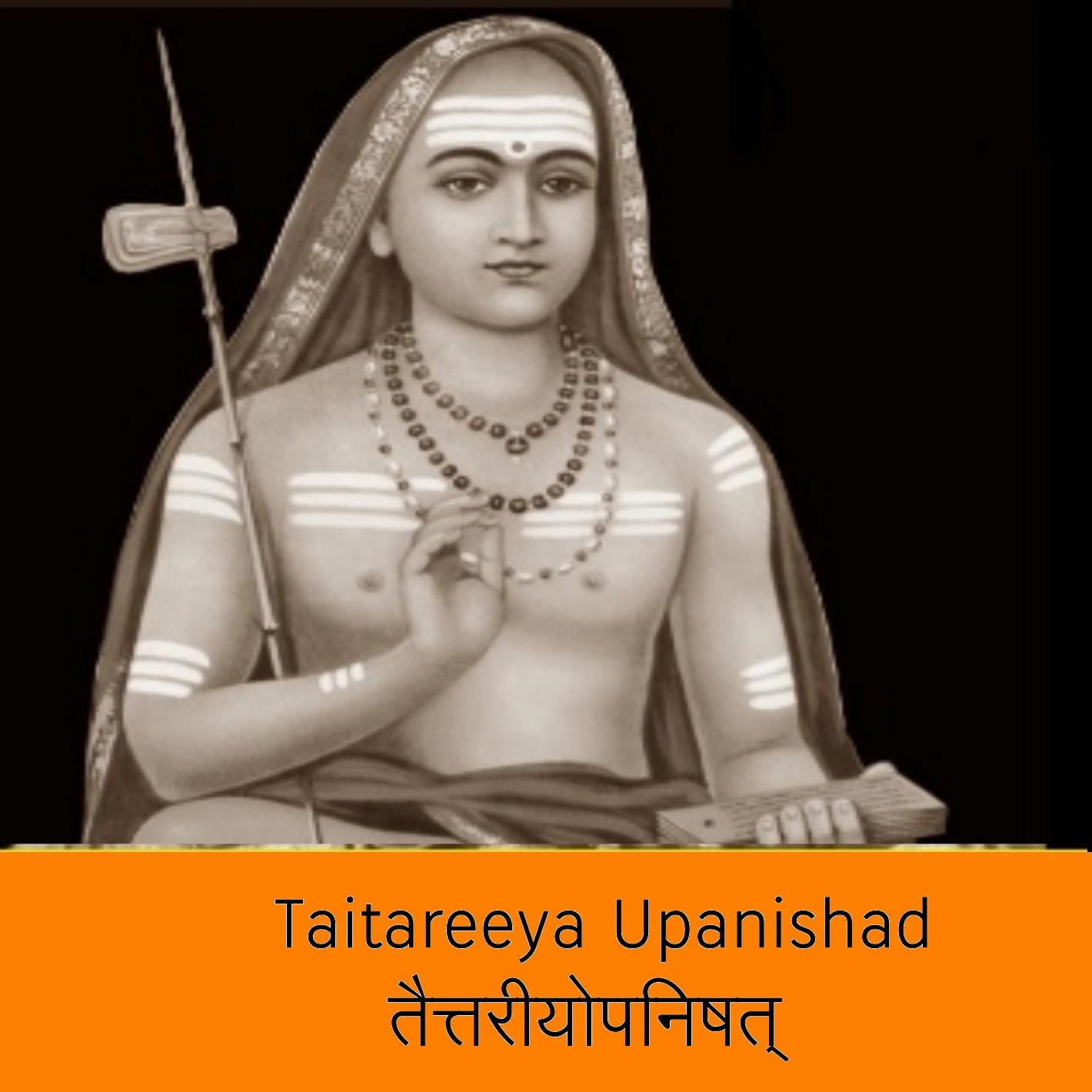
Taittareeya Upanishad 36
The three important aspects that are required in the experience of Advaitic realization are being discussed.
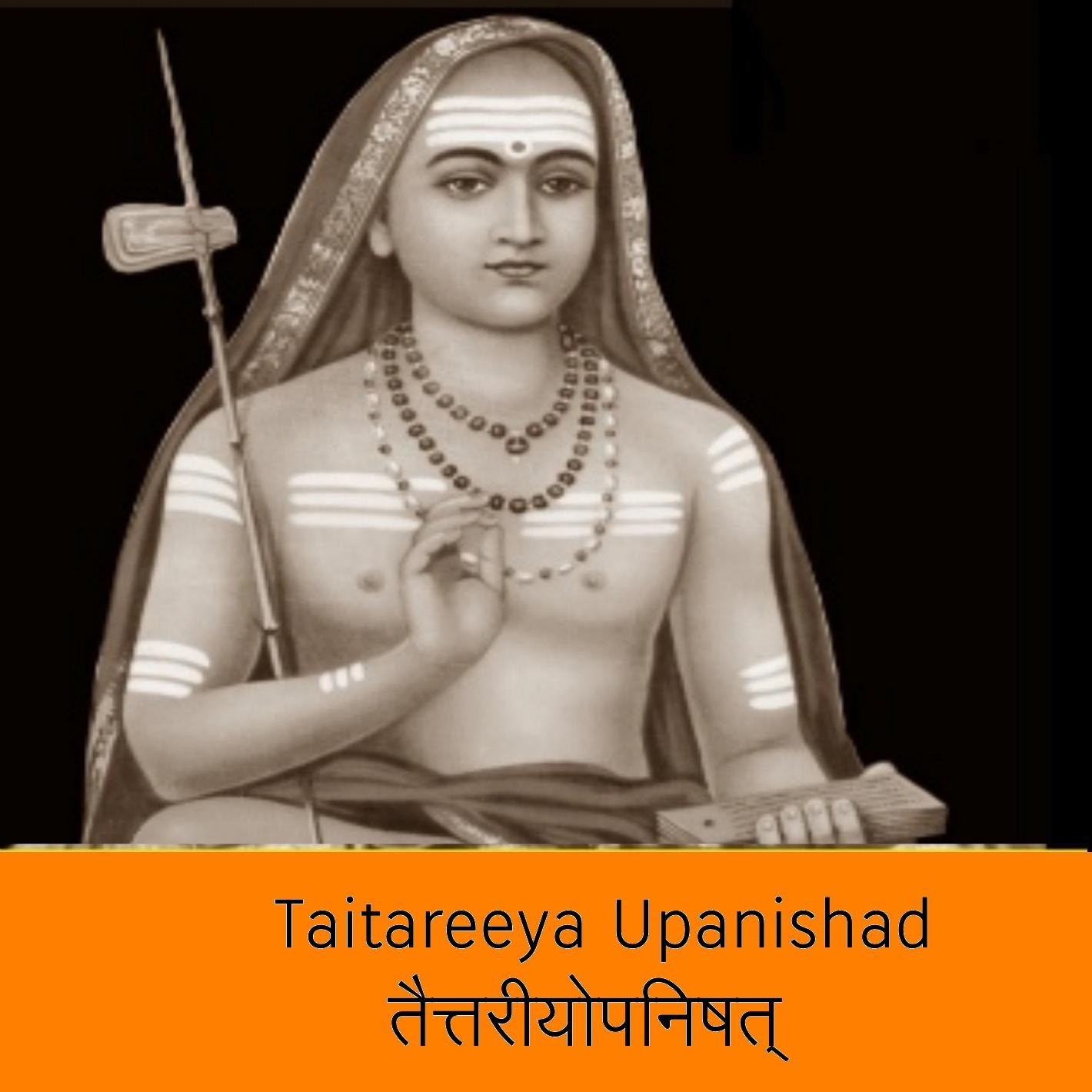
Taittareeya Upanishad 35
Continuing on the Explanation on Ananda to relate to the Nature of Self as Ananda.
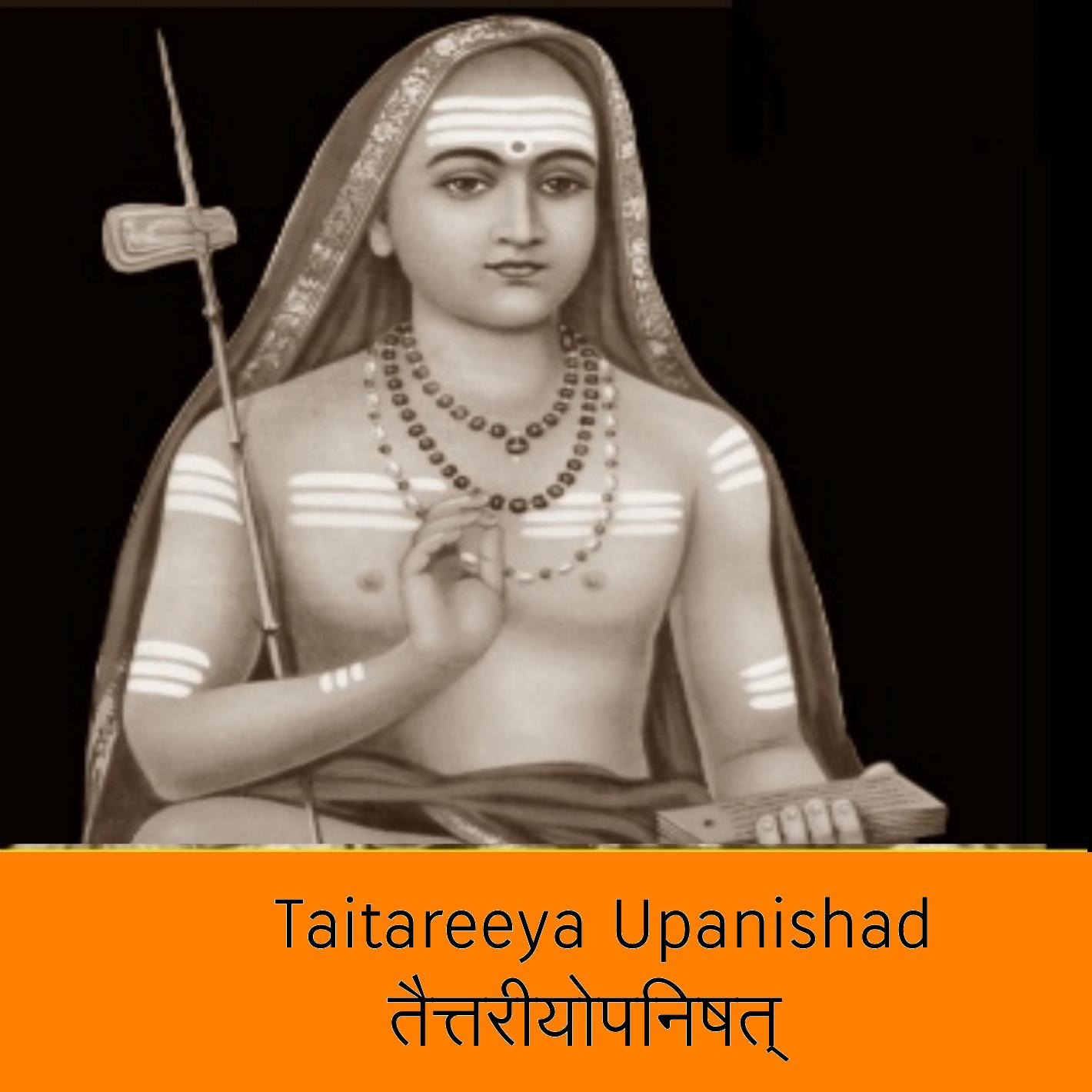
Taittareeya Upanishad 34
Continuing the gradations of Bliss felt from human level to that of Hiranyagarbha BrahmA. Comparing to that of the BrahaJnani these are only a minuscule of the bliss of the Know-er of Brahman
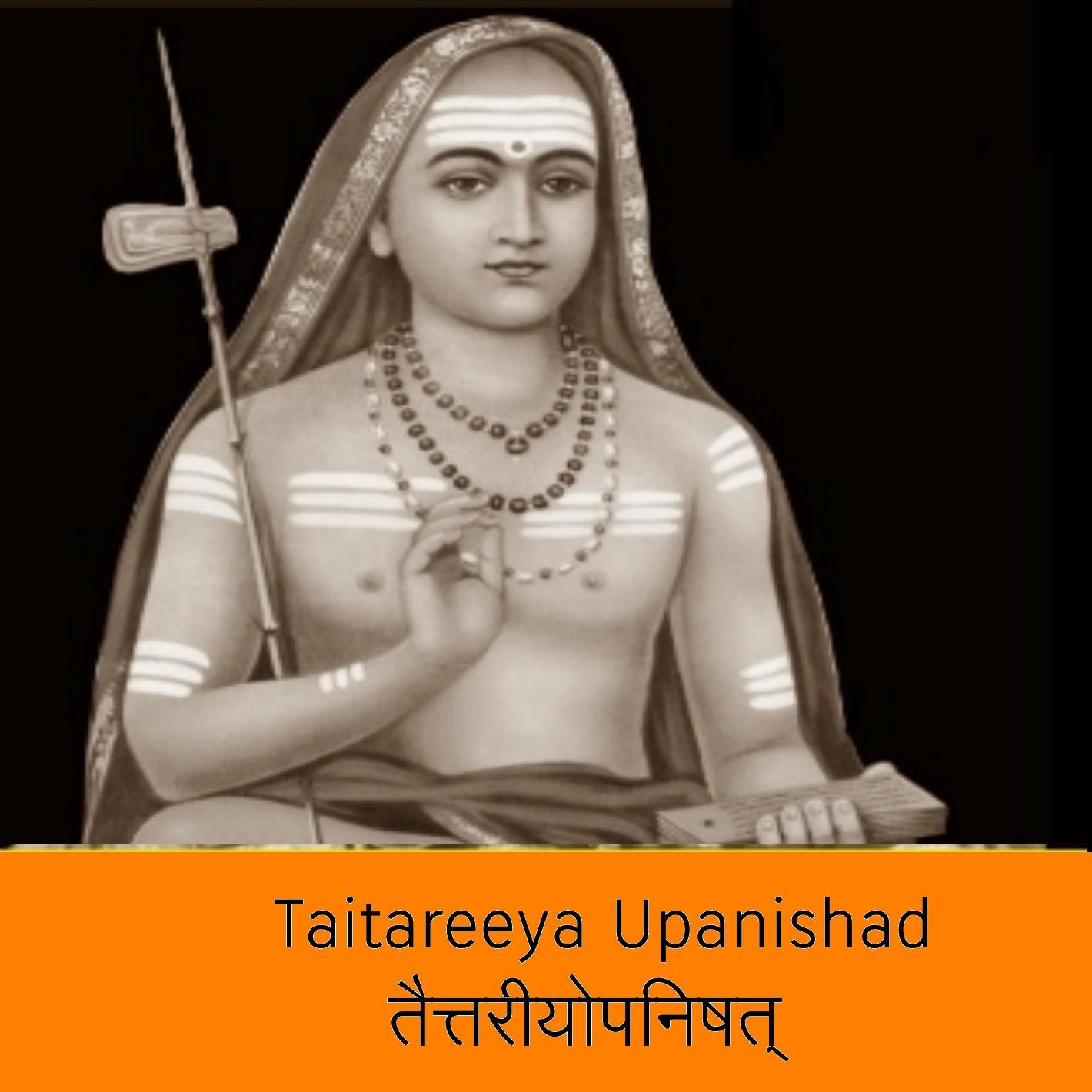
Taittareeya Upanishad 33
This section describes the bliss of Brahman of which the worldly happiness is a mere reflection. Even the highest worldly happiness is produced by external factors and depends upon certain actions on…